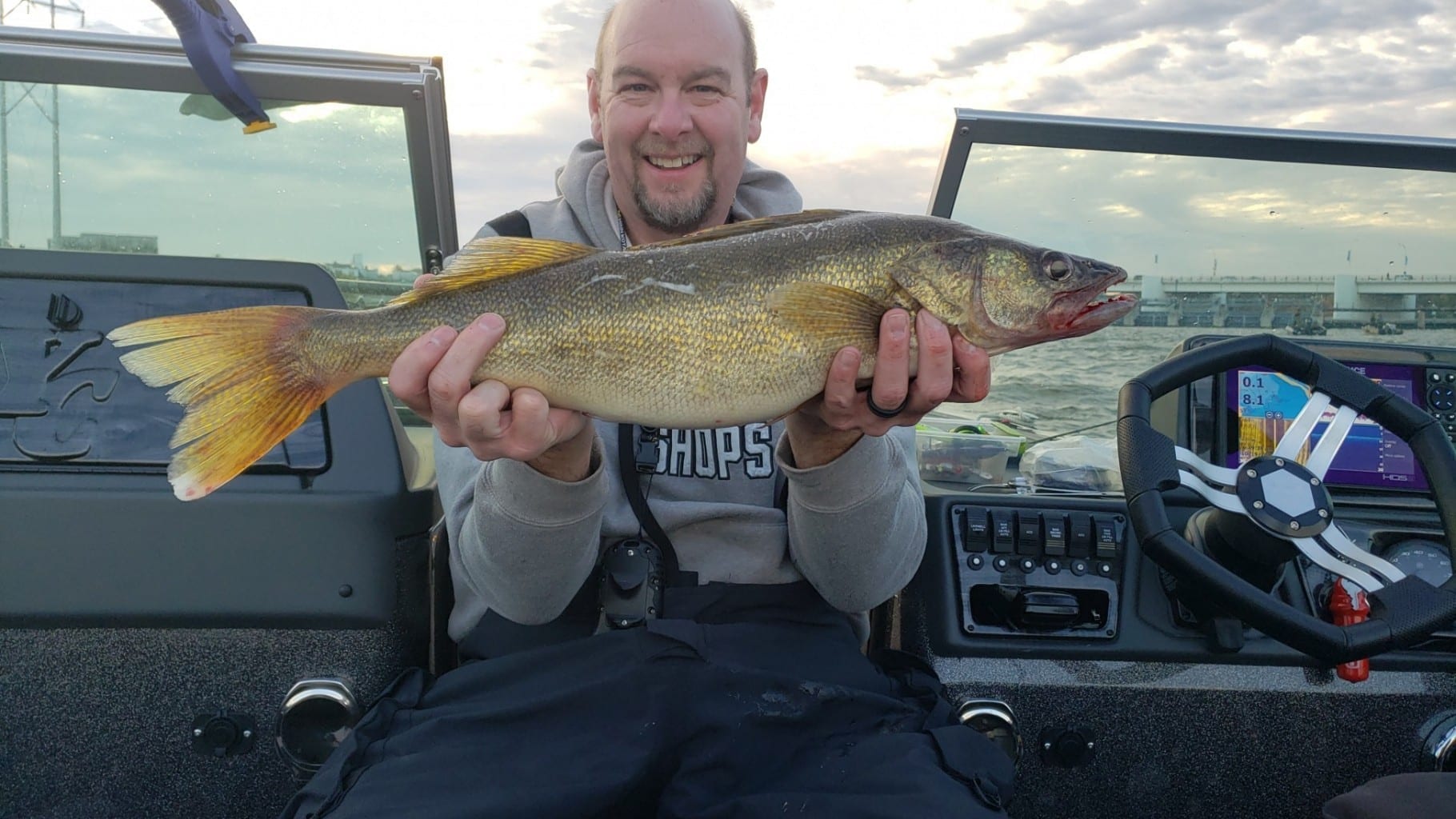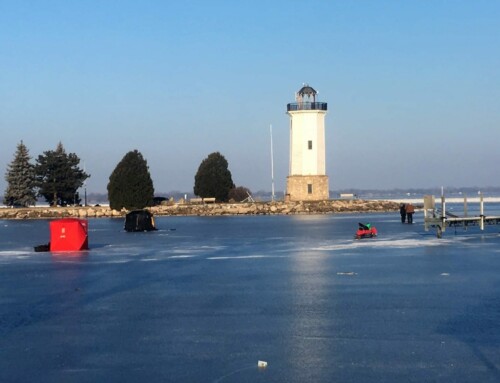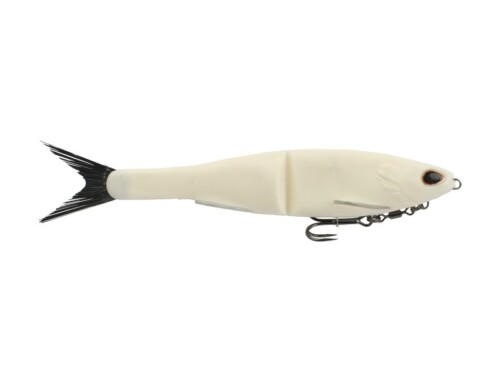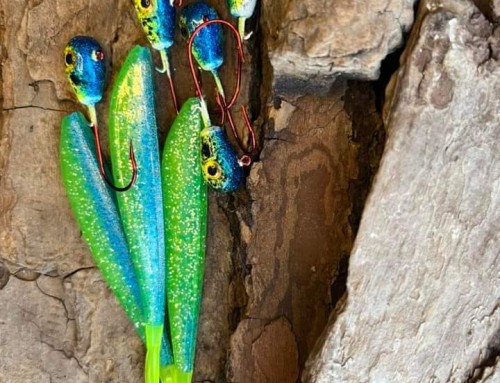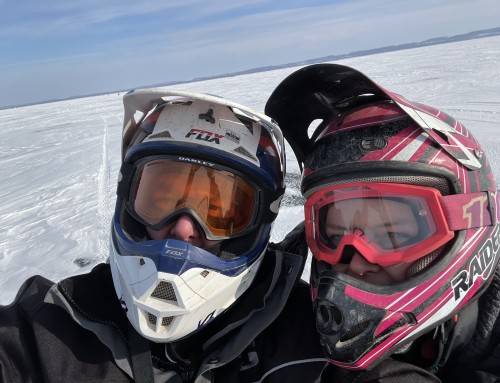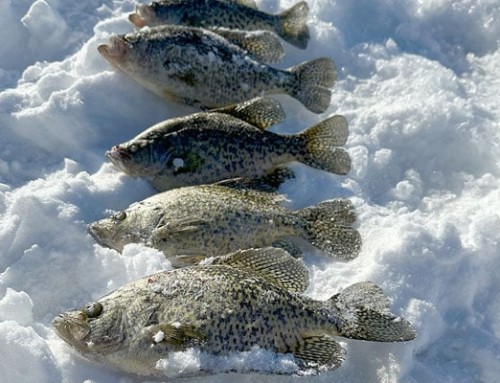By: Mark Schram, myfishingpartner.com
Throughout this Fall season in Wisconsin and generally in the Midwest, water levels have been extremely high in rivers and lakes, as a matter of fact, a record high. From flooded boat ramps to rivers spilling out of their banks, anglers have been challenged to fish the entire open water season differently.
Water flows have been a significant challenge this season, with high water volumes moving through controlled areas like dams. As a result, traditional walleye (and other sport fish) locations are compromised, and in some situations, common areas are unfishable with traditional tactics.
Challenged by the new environment, Chase Eberly and I prepared for several upcoming tournaments on the Fox River in Green Bay, WI, this past October. Traditionally many male walleyes will enter the river from the bay of Green Bay and make their way to the dam in De Pere WI. The warm water outlets along the way are preferred areas of ambush for the walleyes along with the deep holes in the main channel. With the high water, the walleyes did not reside in these areas this year. As a result, some experimentation needs to take place to find the fish in the river.
Experimentation leads to victory:
During the first hour of the Fall Brawl walleye tournament in Green Bay, we anchored along a pillar in the slow side of the rapids created by the DePere Dam. Our thought process was to pitch jigs and Rapala Ripping Raps into the seams looking for feeding walleyes sitting in the breakwater behind the pillar. Taking the opportunity of an open port side of the boat, where the rapids were too heavy to hold a boat in place, I ran an Off Shore planer board off the side of the boat with a stick bait. This tactic was met with laughter by Chase, but it gave us another line in the water.
Within minutes the Off Shore board went back hard, with the reel peeling out the monofilament line quickly. First thoughts were this was a big fish, and likely a musky. However, with the current pushing back hard, along with the resistance of the board, anything was possible. Fighting a fish in this strong of current can be exhausting, but ultimately requires skill and patience to land the fish. After about 15 minutes of wearing down the fish, the Off Shore board was off, and we had a confirmation we were dealing with a large walleye. The first fish of the day registered a female in the 27” range.
Over the next several hours, we were able to perfect the system after making several adjustments, which ultimately lead us to a victory of over 2 pounds to the second-place team. Many people have asked what we were doing, and how to work the system, especially after Chase and I finished one-two in the following weeks’ derby (Fox River Fall Classic). We ended the day with six boards in the rapids.
Keys to the technique:
Attention to detail became a critical aspect of this technique. Below are some of the key elements.
- Anchoring was a must in the turbulent water. Because the rapids were boiling, the MinnKota trolling motor did not have enough power to hold in the current. A single anchor would not hold either; therefore, multiple anchors needed to be used off the bow of the boat. If you were not in the heavy current, the system did not work.
- Use of the current as a trigger. By using the anchors, the boat would sway in the boiling water, creating action on the baits in the water. While we were essentially anchored and trolling at the same time, the boat motion was critical to the action of the lure, moving them from side to side.
- Off Shore Tackle planer boards were essential. Off Shore planer boards have always been the truest running board I have ever used, it became more crucial because of the placement of the boards in the rapidly moving water. We found some current breaks (rocks), and the lures were placed into these pockets where the fish were feeding. Without pure running boards, the precision could not have been accomplished to get the proper lure placement.
- Reel Drag: A correctly adjusted reel tension was needed. Too loose on the reel and the planer board was well downstream; too tight, and the walleye was going to break the mono after the strike with the power of the current plus the resistance of the board and fish.
- Bait size. As the season progresses, the food within any system grows larger. With the fall season, all baits were upsized to match the forage. Walleyes that are in the rapids are there for one reason in the Fall season – to eat. Offering large stick baits, like a Smithwick Perfect Ten or Rapala Husky Jerk, were the bait of choice. The larger profile of these baits also made them easier to find in the turbulent water.
- Disorder to ensue: When the walleye grabbed the lure, it was game on. The Off Shore planer board would fall back hard and take the line out, engaging the drag system of the reel. Other lines had to be cleared before attempting to bring in the fish. Often just holding the rod and letting the reel’s drag do its job was the first several minutes of the catch. Eventually, the fish would wear down, allowing for a more effortless retrieve. Patience was a key to the fight, with many catches lasting 10 minutes or more.
While this tactic can only be employed in lower-traffic times, due to the space needed to implement the system. Anglers should not be expecting to deploy the boards during the spring run when hundreds of boat fight over every inch of the waterway at the dam.

